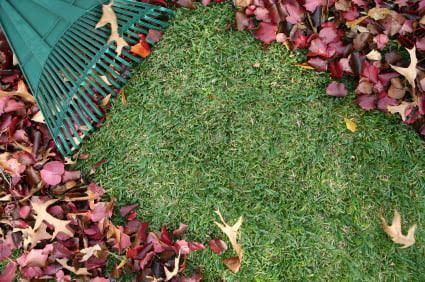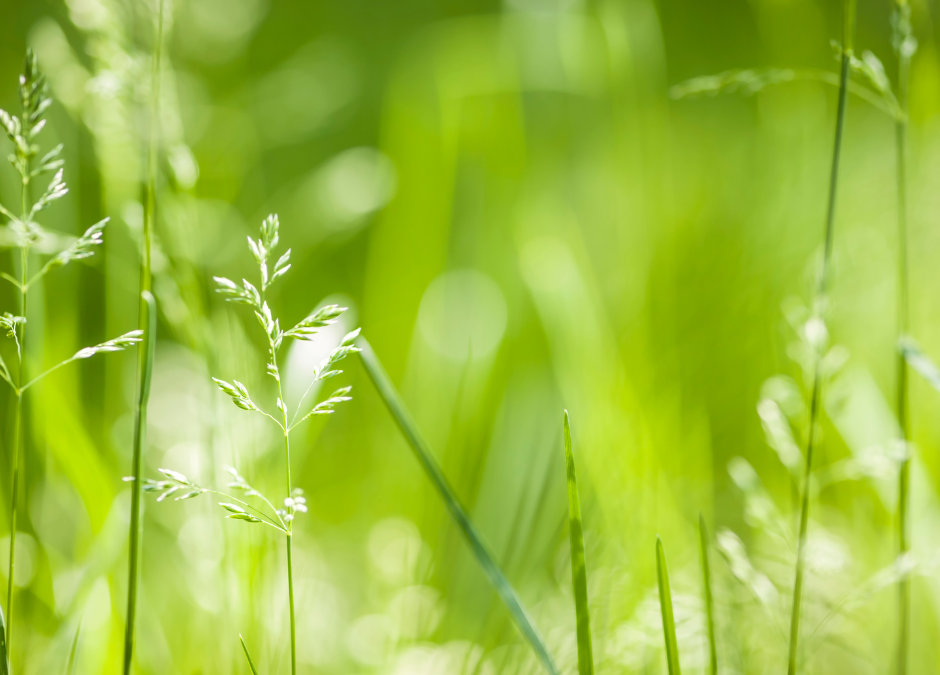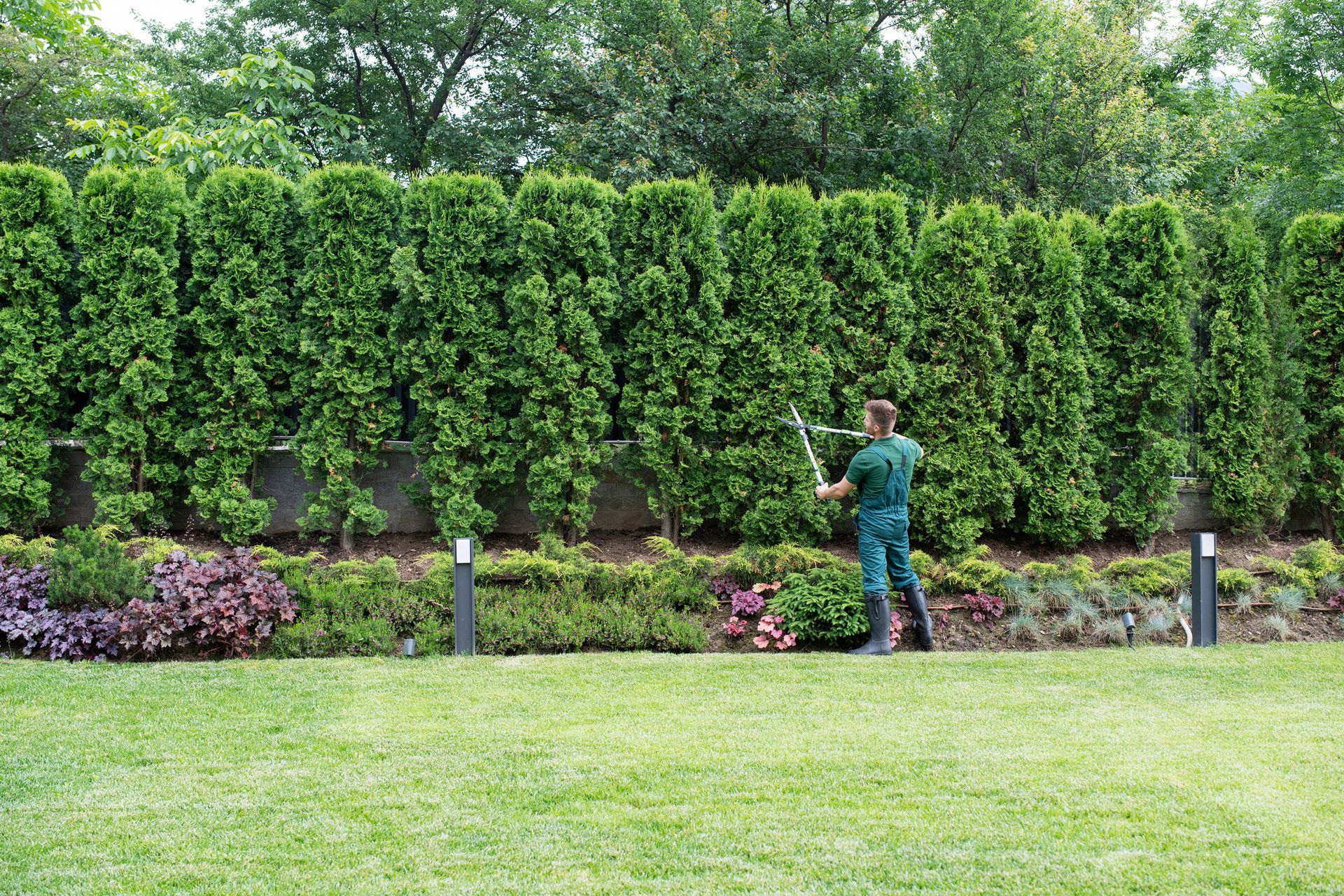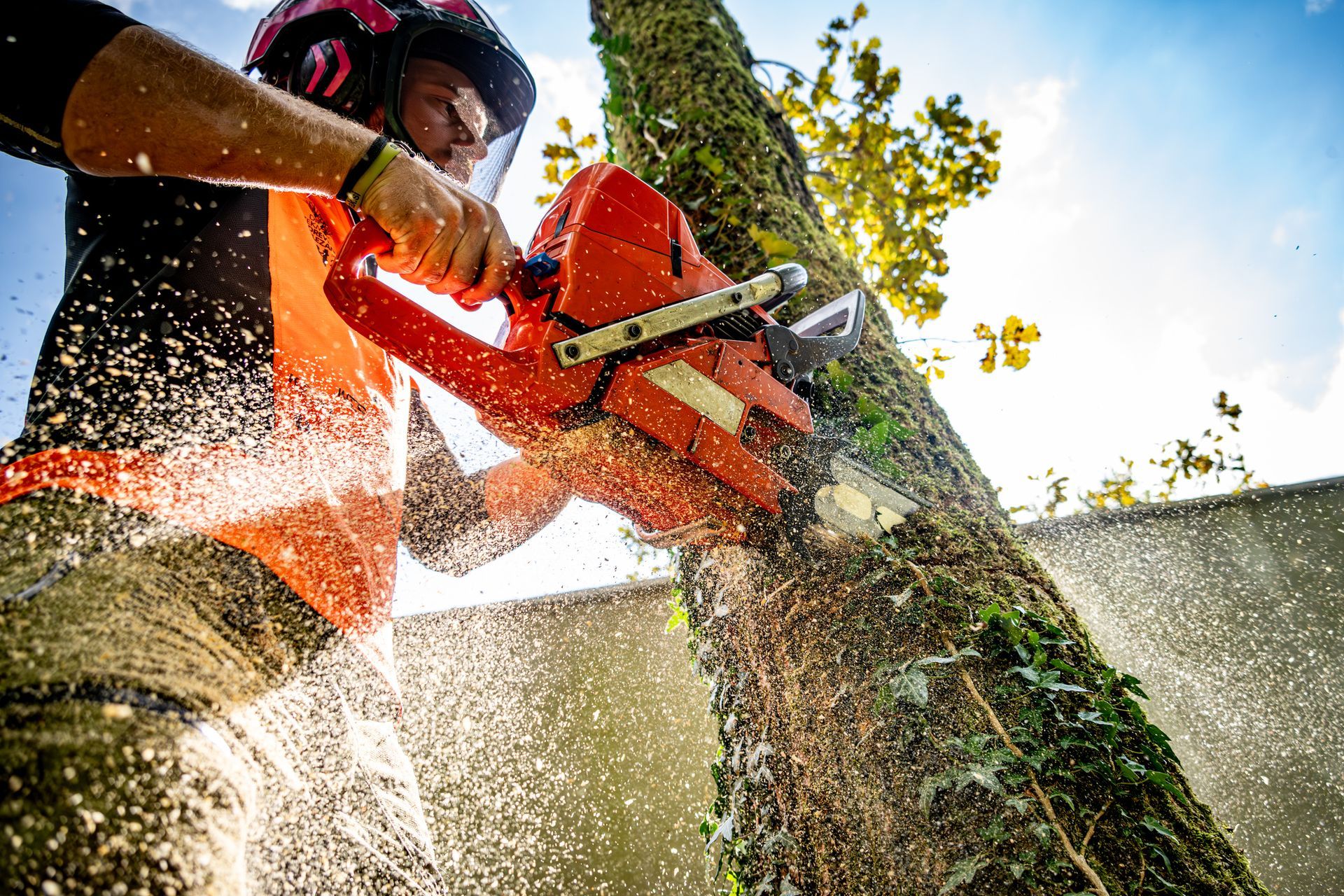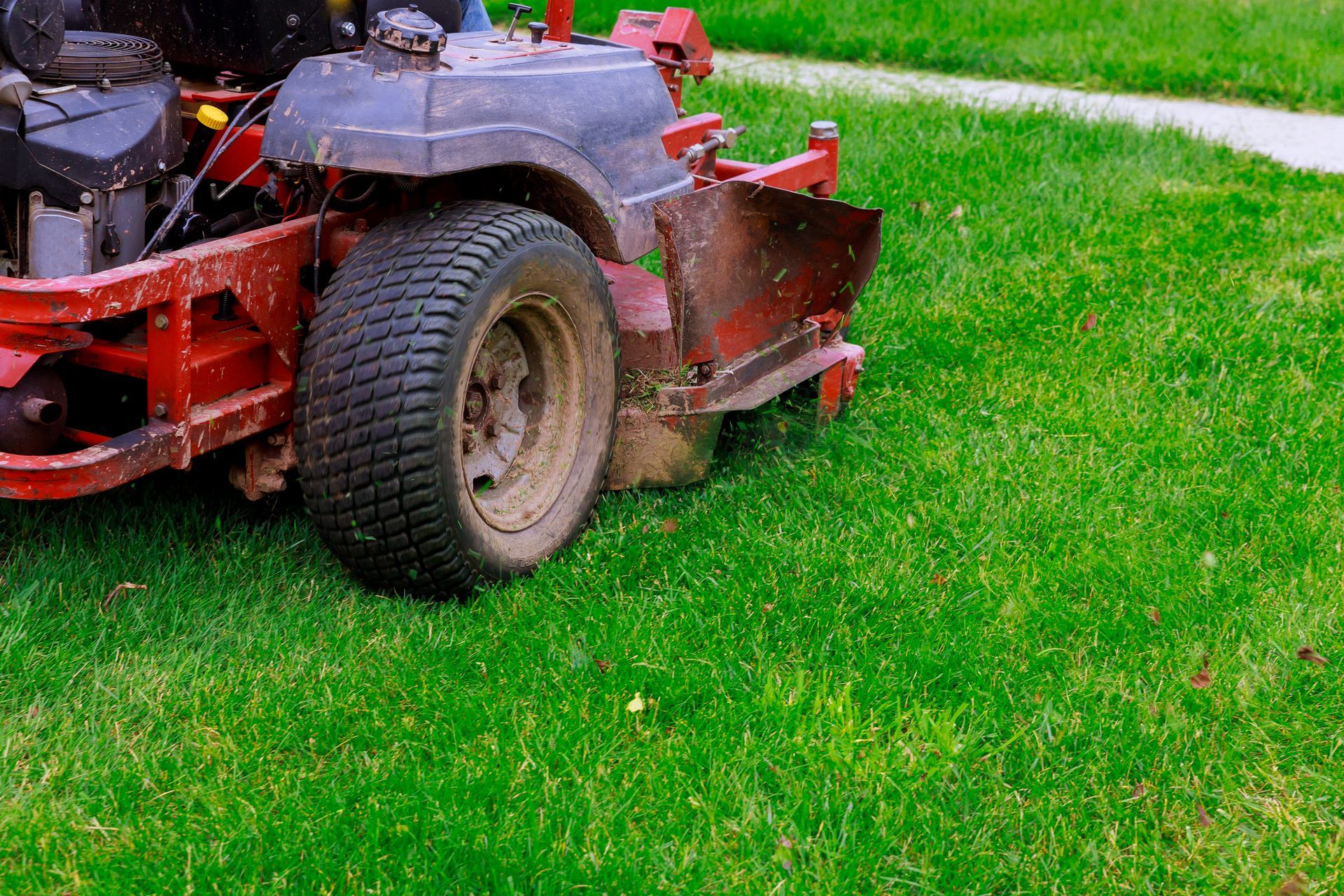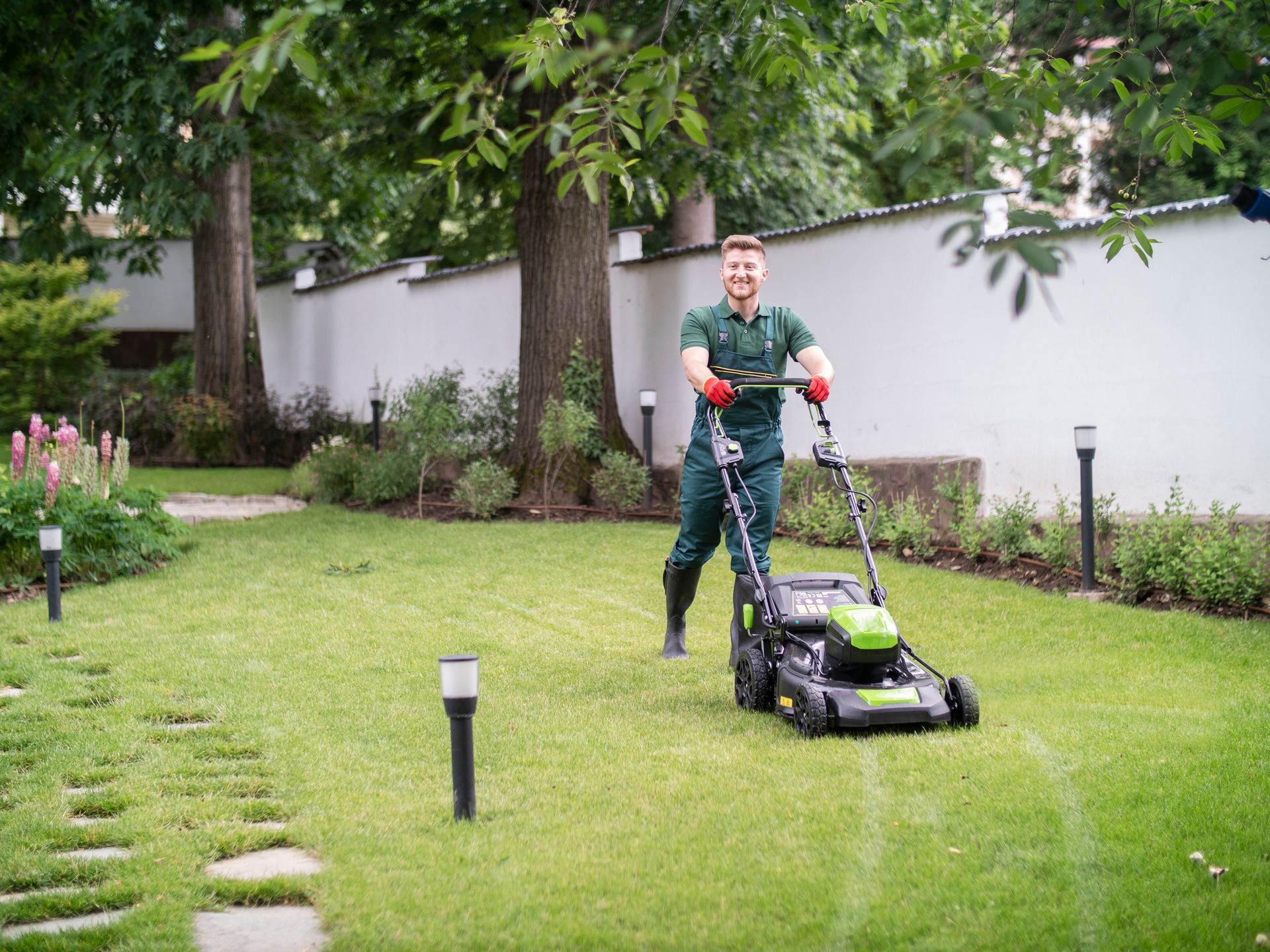PROPER WATERING
Proper Lawn Watering is Probably the Most Overlooked Aspect of Lawn Care
Since the axiom that, “Something is better than nothing” is usually true, It’s hard for many people to believe that improper watering of your lawn can be worse than no watering all. But it’s true; the manner in which many people program their lawn sprinkler system often does more harm to the lawn than good.
Here are the important Do’s and Don’t ‘s of lawn watering:
1.) Do NOT start watering too early in the season . For simplicity, many people feel the need to start using their irrigation systems on the same day of the year each year; say, for example, June 1st. While some years, June 1st may be a completely appropriate date to start watering the lawn, in most years, it is not. This year, 2020, for example, temperatures have been very moderate, and rainfall has been abundant throughout the first half of the month of June. Lawns that have been watered thus far this season, would be more likely to have contracted a fungus disease, like Red Thread, which loves moisture and is very prevalent so far this year. These lawns would also likely produce more weeds, since weed seeds need constant moisture to germinate. But most importantly, premature watering encourages a shallow root system that is unhealthy. This is because, in the spring, when temperatures are moderate and precipitation is plentiful, natural soil moisture extends deep in the soil. In between rainfalls, as the moisture drys out near the soil surface, grass roots will extend downwards to where there is still moisture, and this produces deeper and stronger roots. Conversely, if the grass is irrigated frequently, the roots do not have to grow deep to get to the moisture, and the result is a shallower and weaker root system. And this shallower root system can cause problems when the weather gets hotter and drier over the summer. The bottom line is, watering the lawn only provides benefit when a natural dearth of rainfall and increased air temperature combine to cause stress to the lawn. Otherwise, watering actually can be deleterious to the lawn.
2.) Once conditions warrant that the system should be turned on, DO NOT water each zone for very short periods at a time, for example, 15 minutes to a half an hour, and DO NOT water frequently, for example, every other day . This is probably the most common mistake people make.
Watering that is too shallow can foster disease and facilitate weed germination, without doing what it is supposed to do, which is to provide sufficient soil moisture for sustainable growth during extended periods of hot and dry weather. If one were to examine the soil after a15 minute, or even a 30 minute cycle of watering, they would see that most irrigation systems will have only
dispensed enough water to wet the surface area of the lawn, and not the soil below. And in times of hot and dry summer weather, this amount of moisture can disperse and evaporate in as little as a couple hours.
This amount of watering is actually NOT better than no watering at all. If no watering occurred, the grass would just go dormant. Yes, it would look a bit brown, but unless there was an unusually harsh drought, the grass would green up when conditions moderated. But grass that was shallowly watered would stimulate new growth that would then become very vulnerable to disease once the grass plant dried out again from the improper watering, and disease under drought conditions can cause serious damage. “Can’t we just treat the disease, then?”, we often hear. Well, sure, but fungicides are expensive, short lived, and are not very effective if the underlying watering issues are not addressed.
The bottom line with programming the watering duration of each zone, is that it should be for a period of time that is sufficient to get the moisture to a depth of 4″-6″deep in the soil, instead of just spritzing the surface. Depending on the output of the system, this could be between one and two hours! When we broach people with this advice, we often hear them retort, ” But i have so many zones. To water my entire lawn would require the system to run all day.” The answer is that the entire lawn doesn’ t need to be watered in one day. A corollary to the advice of increasing the watering duration of each zone, is that the frequency of watering each zone can and should be lessened to once a week, or once every 5 or six days. This means that , ” Section One” could be watered over the course of a few hours on Day 1, and “Section Two” could be watered on Day 2, and so forth. So, instead of watering for a half an hour every other day, one would water for 1.5 to 2 hours every 5 or 6 days. This approach will use about the same amount of total water as the more frequent and shorter watering schedule, but it is a much more efficient use of the water, because the deeper the moisture is able to get into the soil, the more the ground insulates the moisture from quick evaporation. This means it stays in the soil longer and is available to the grass for a longer period. Hence, no burnout!
3.) Don’t water at night. Grass that is watered at night does not dry out readily because of the lack of sun and cooler temperatures, and a prolonged period of time that the grass is wet creates a very conducive environment for disease. The best time to water is between 6 AM and 10:30 AM, when temperatures are relatively cooler , but there is still daylight.


